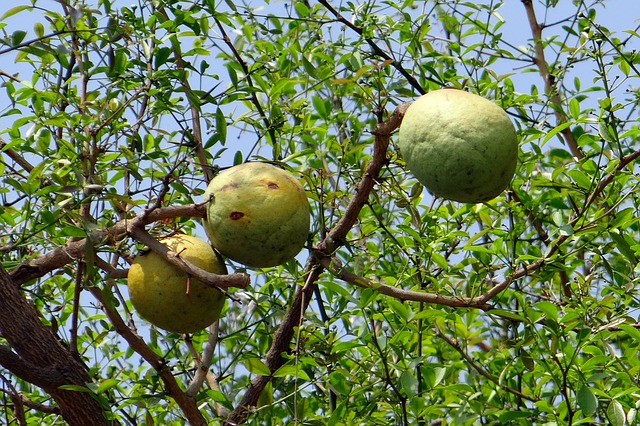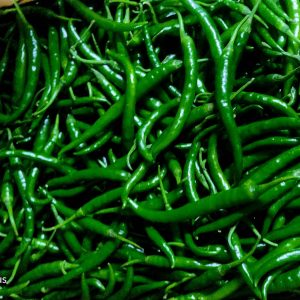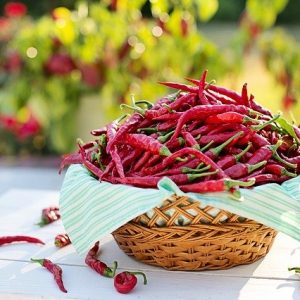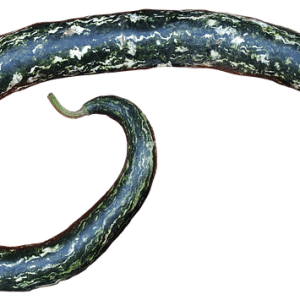Design/methodology/approach
The medicinal value of bael fruit is very high when the harvests just begin to ripen. As a result, it has a high demand as alternative medicine for curing the diseases like diabetes, high cholesterol, peptic ulcer, inflammation, diarrhea and dysentery, constipation, respiratory infection. Furthermore, the bael fruit juice has anticancer, cardio protective, antibacterial, antifungal, radio protective, antipyretic, analgesic, antioxidant, antiviral, anthelmintic and anti-inflammatory, hepatoprotective, wound healing properties. The ripe fruit juice is aromatic, has cooling and laxative effects, and arrests secretion or bleeding.
Findings
The unripe or half-ripe fruit juice is good for digestion, useful in preventing or curing scurvy, and it strengthens the stomach action. It helps in the healing of ulcerated intestinal surfaces and has appreciable activity against intestinal pathogenic organisms. The present review summarizes the scientific information of various qualities of bael fruit juice used in traditional system of medicine for a variety of purposes.
Originality/value
It is quite evident from this review that bael is an important medicinal herb and extensively used in Ayurveda, Siddha and other medicinal systems. Bael fruit juice is an excellent source of water and natural sugar and is important principally for containing vitamins, minerals, phytochemicals, antioxidants, pigments, energy, organic acids, dietary fiber and other food components, which are the key factors in the medicinal value of this plant. Moreover, mechanisms of action of a few bioactive compounds have been identified so far.
Keywords
Citation
Bhardwaj, R.L. and Nandal, U. (2015), “Nutritional and therapeutic potential of bael (Aegle marmelos Corr.) fruit juice: a review”, Nutrition & Food Science, Vol. 45 No. 6, pp. 895-919. https://doi.org/10.1108/NFS-05-2015-0058
Download as .RIS
Publisher:
Emerald Group Publishing Limited
Copyright © 2015, Emerald Group Publishing Limited
Related articles
Nutritional and medicinal aspects of coriander (Coriandrumsativum L.): A review
Muhammad Nadeem et al., British Food Journal
Determination of nutritional composition in citrus fruits (C. aurantium) during maturity
Rita Mansour, Nutrition & Food Science, 2019
Nutritional and medicinal aspects of coriander (Coriandrum sativum L.)
Muhammad Nadeem et al., British Food Journal, 2013
Therapies after first-line afatinib in patients with EGFRm+ NSCLC in Japan: retrospective analysis of LUX-Lung 3
Hiroshige Yoshioka et al, Future Medicine, 2020
Fruit and vegetables in the American diet: data from the NHANES II survey.
B H Patterson et al., Am J Public Health, 2011
Fruits as Prospective Reserves of bioactive Compounds: A Review
Marines Marli Gniech Karasawa et al., Natural Products and Bioprospecting, 2018
emerald.com







Reviews
There are no reviews yet.